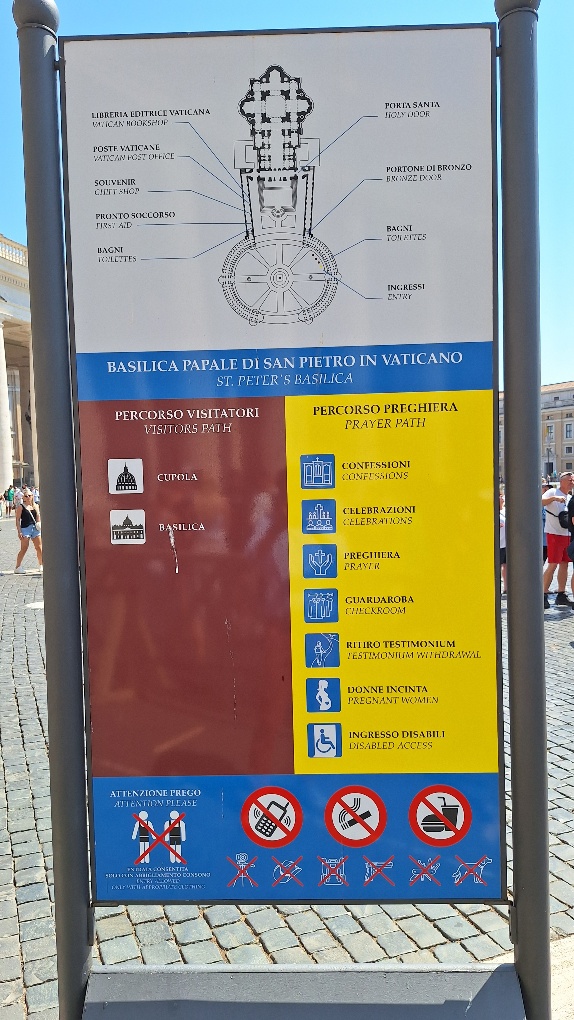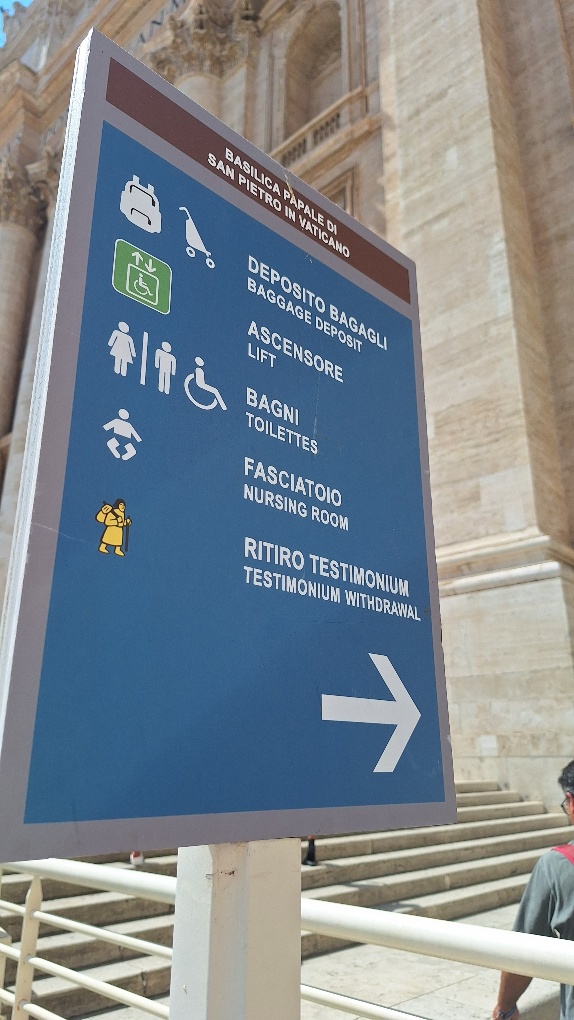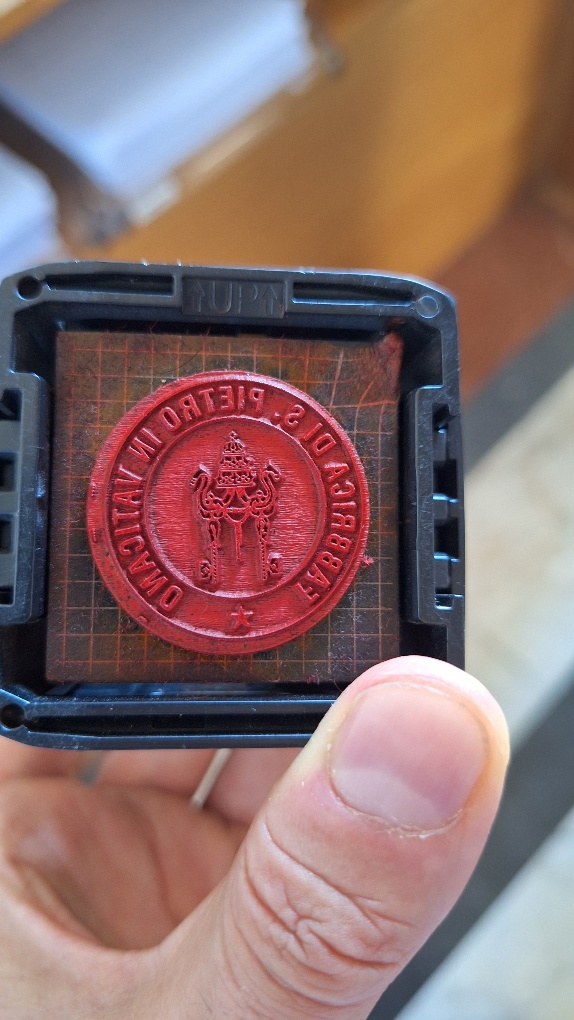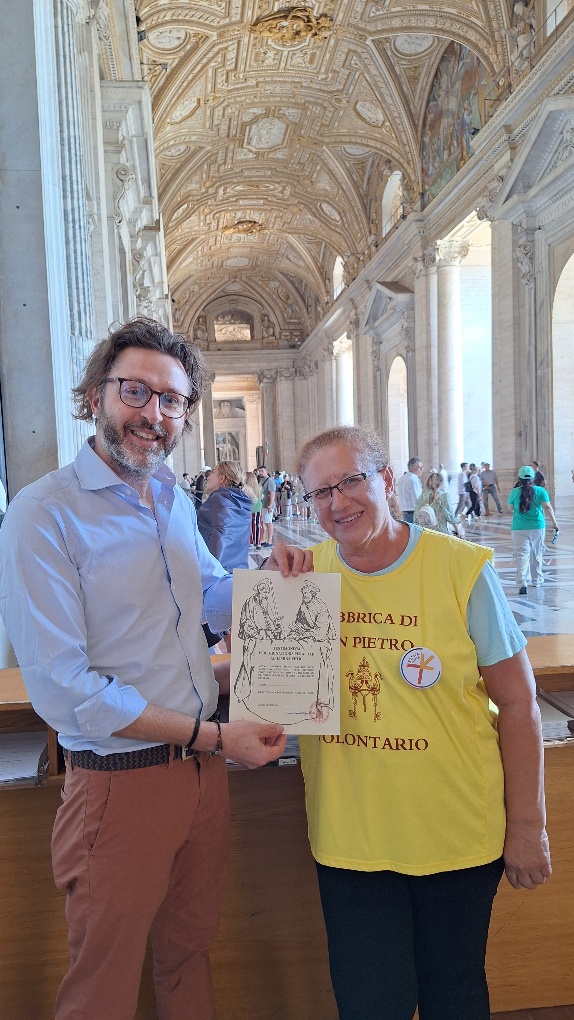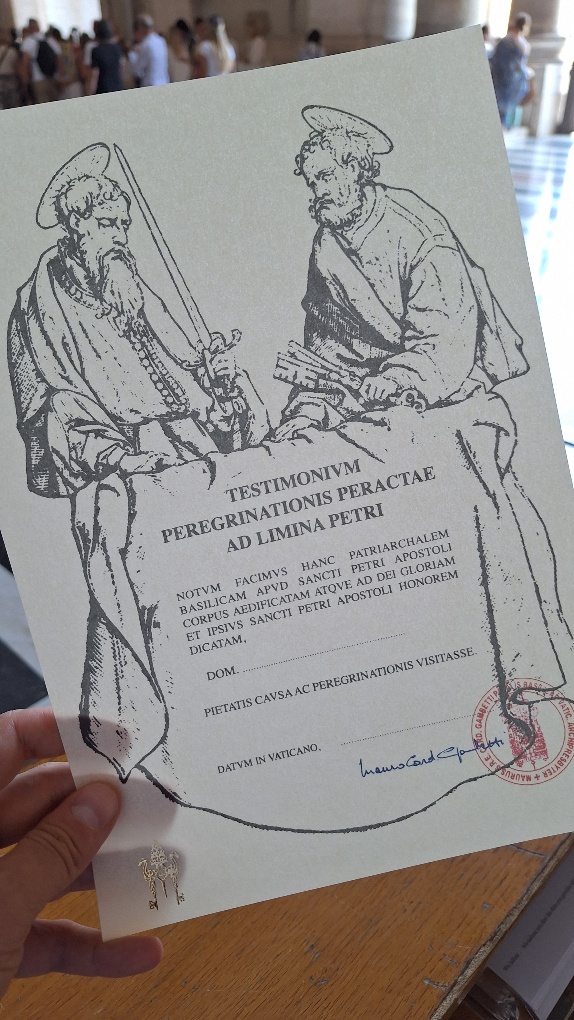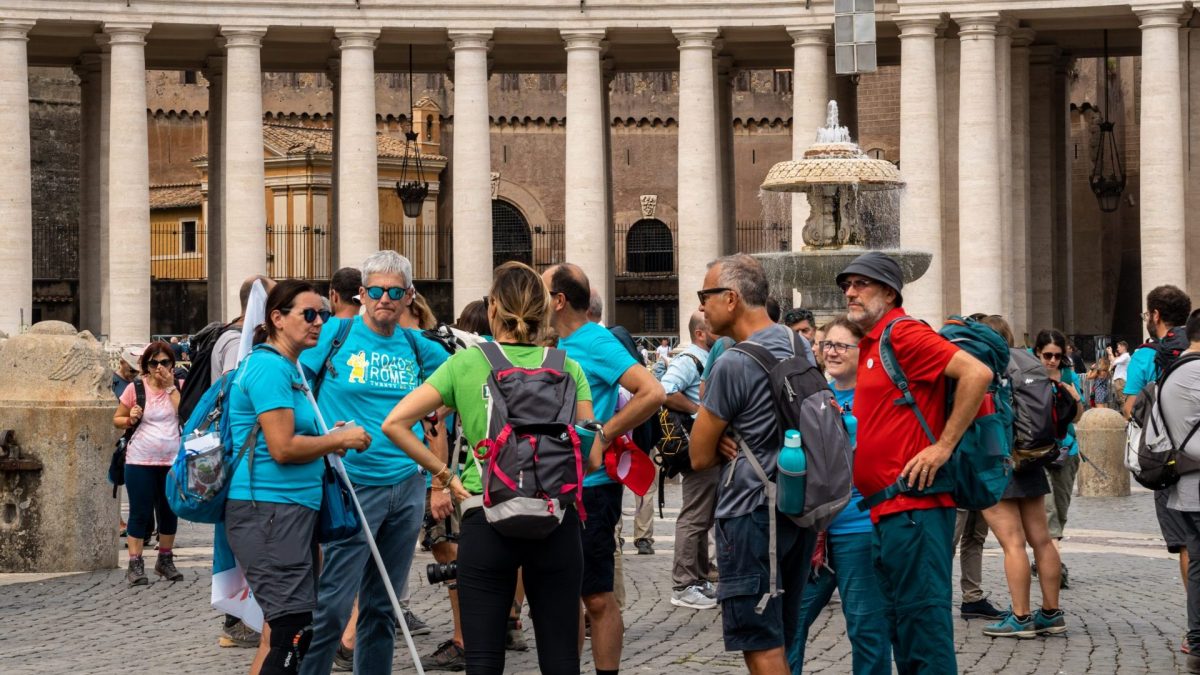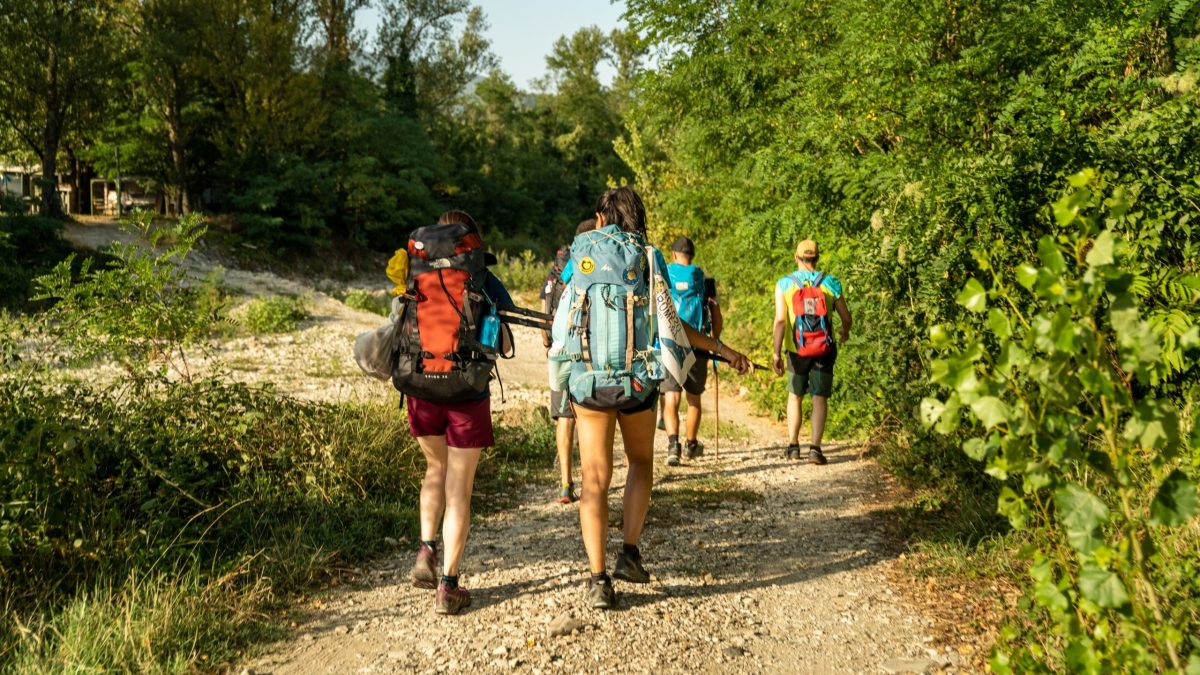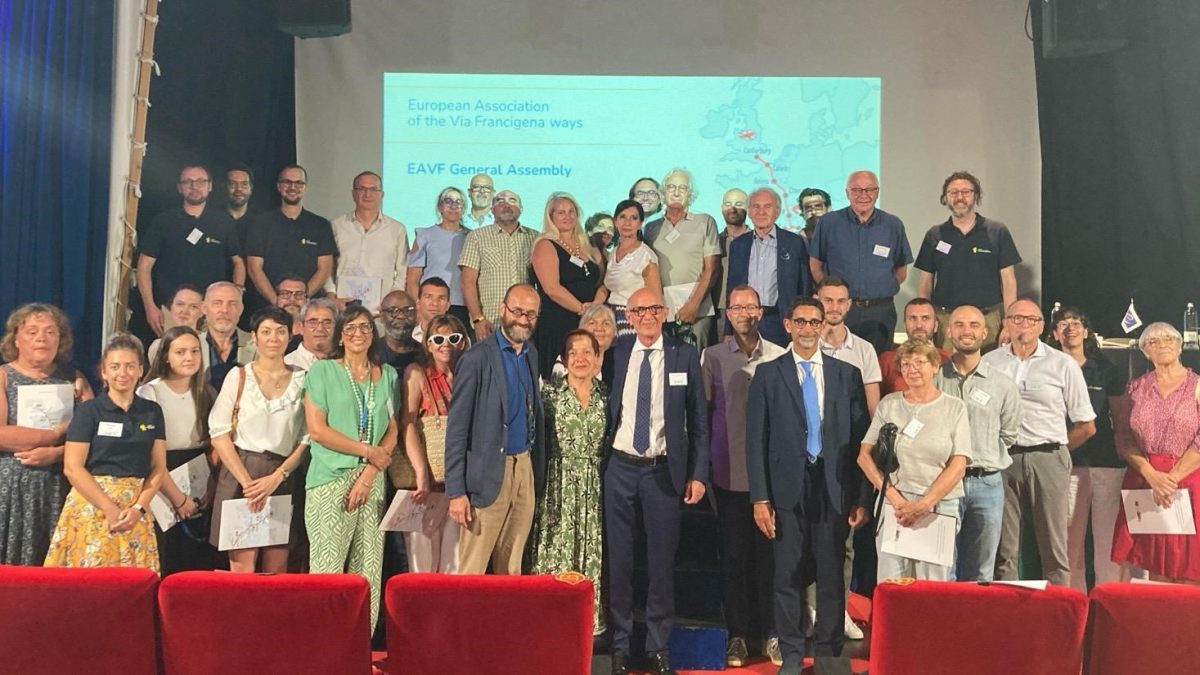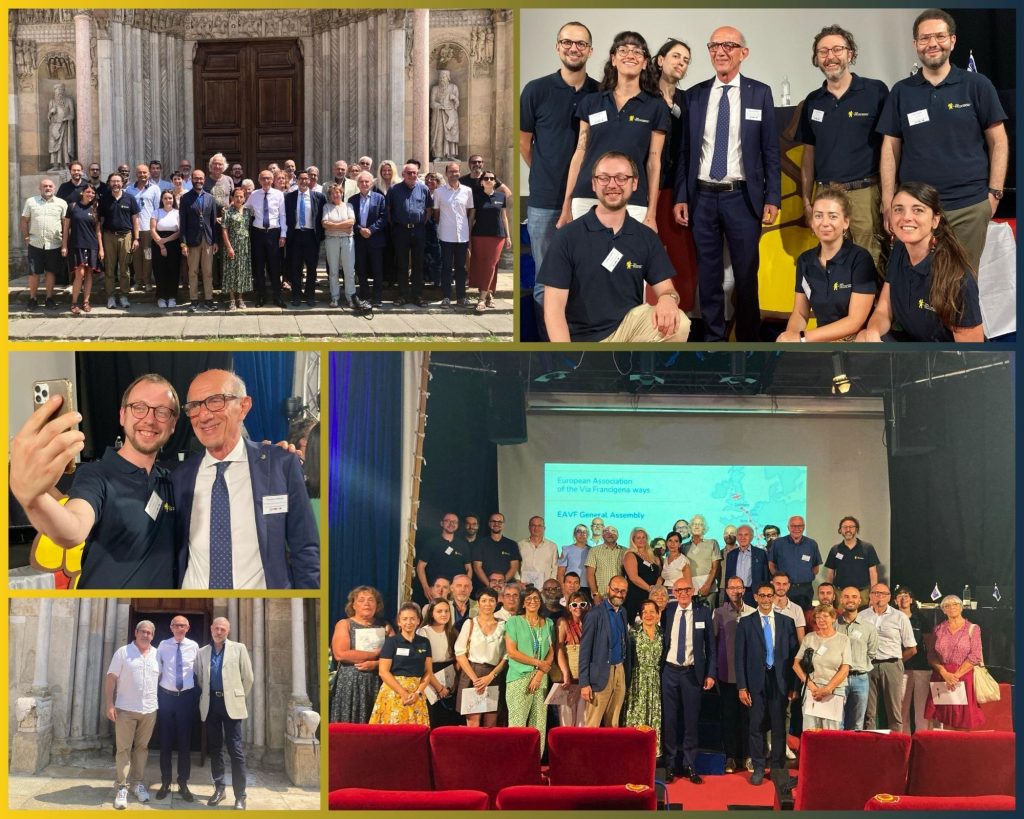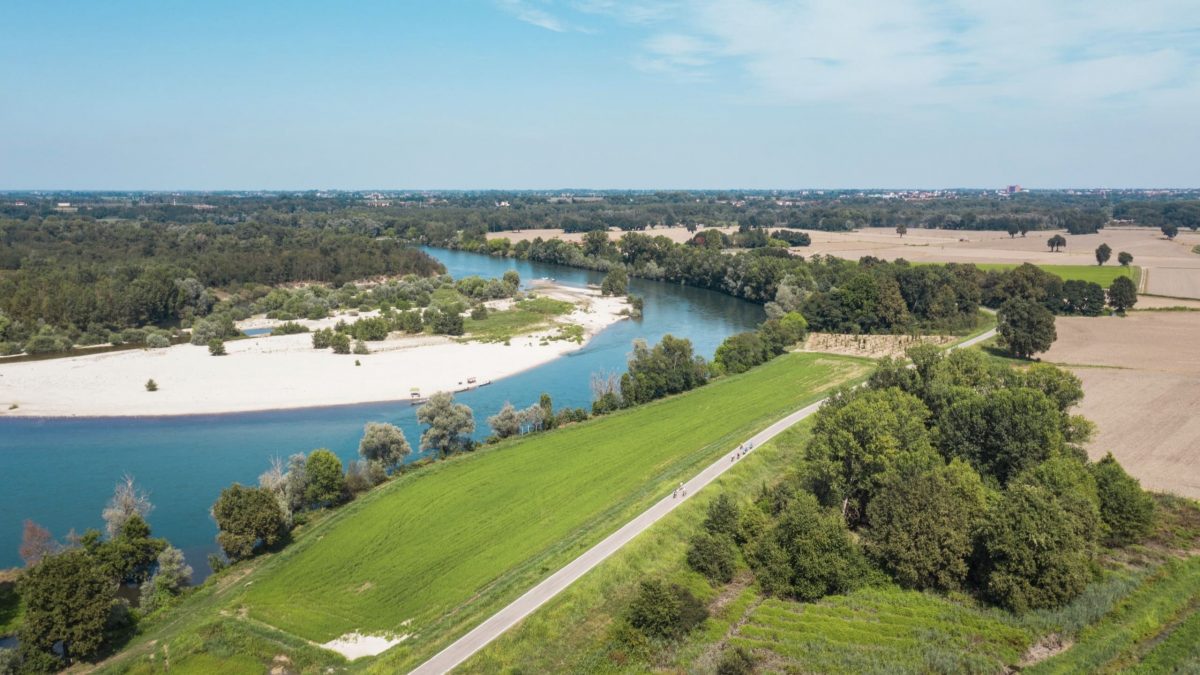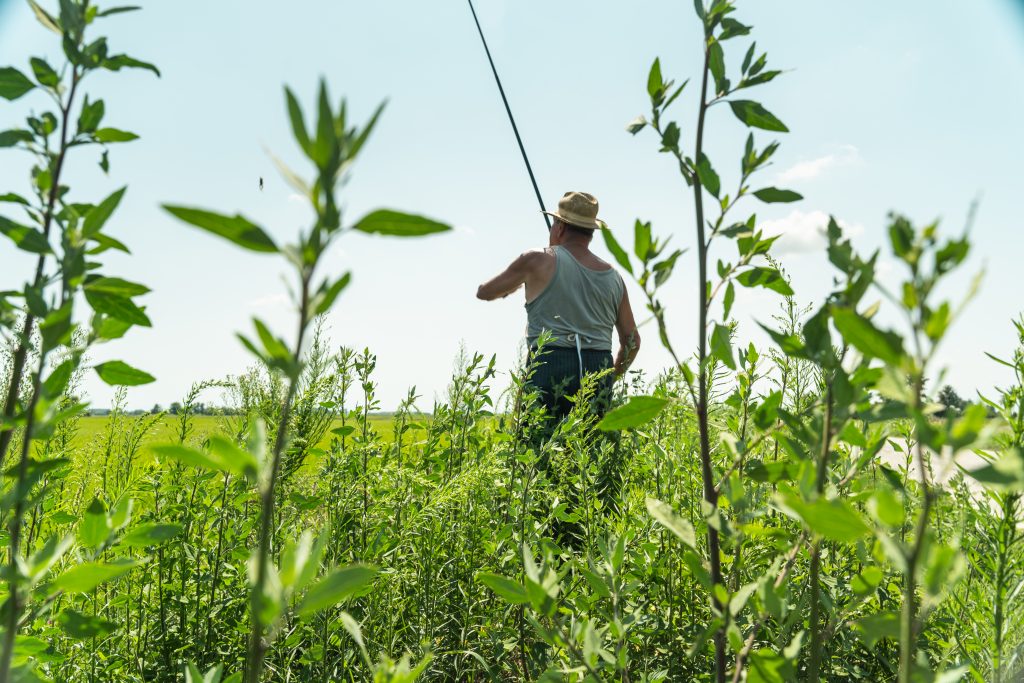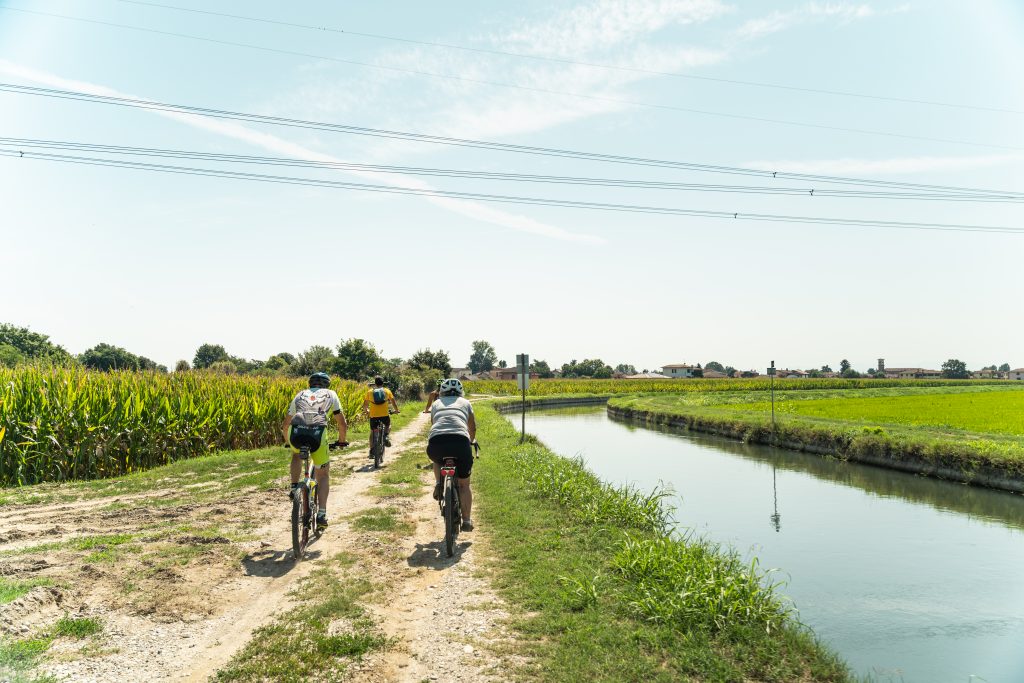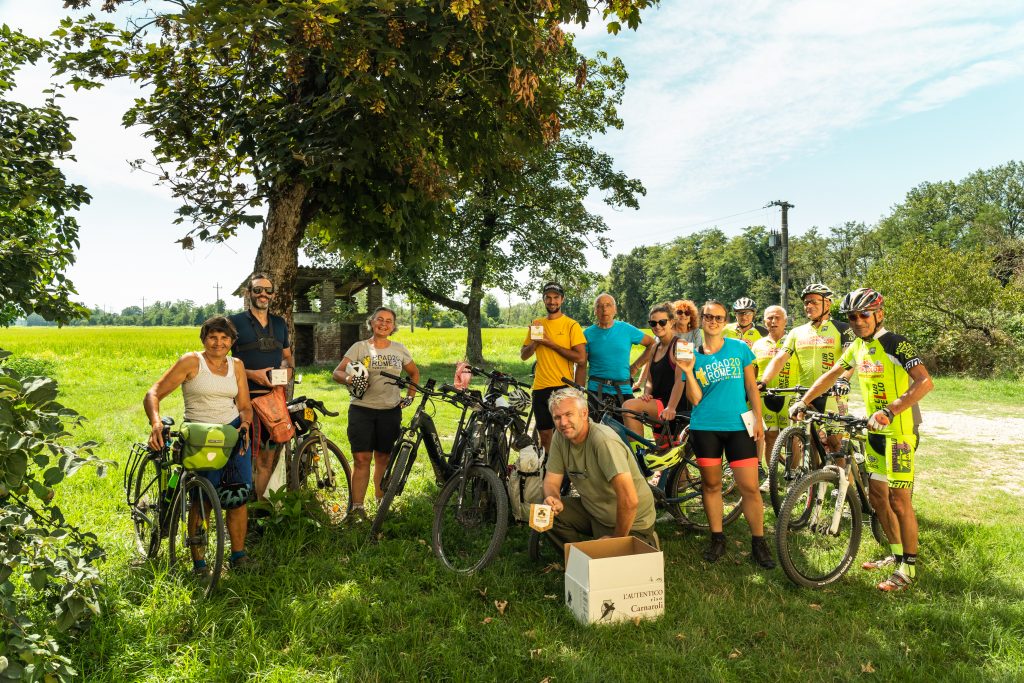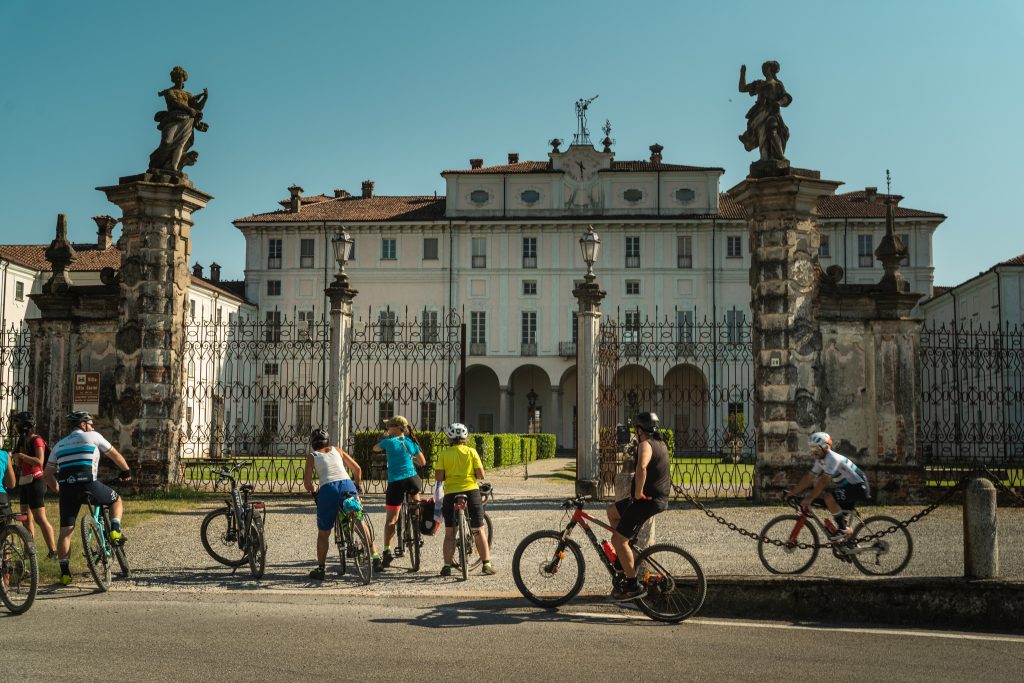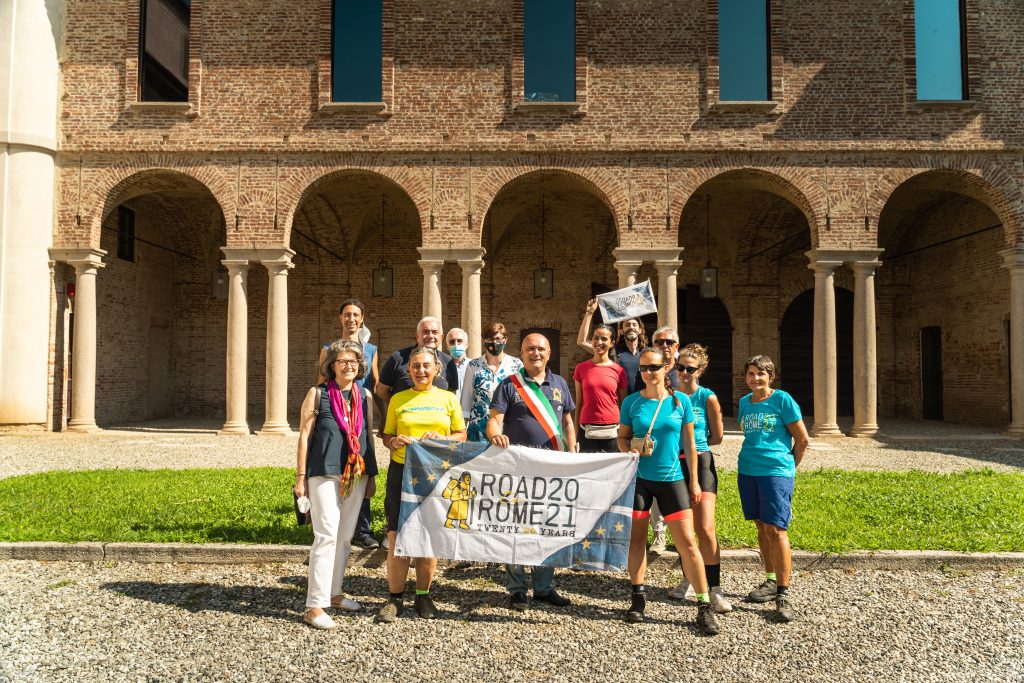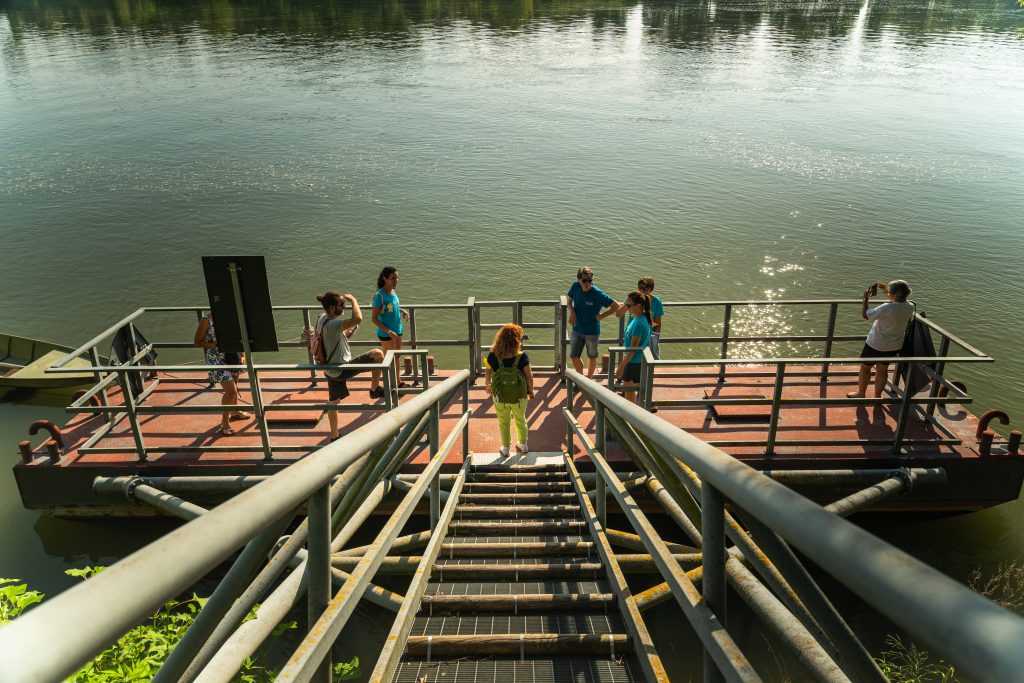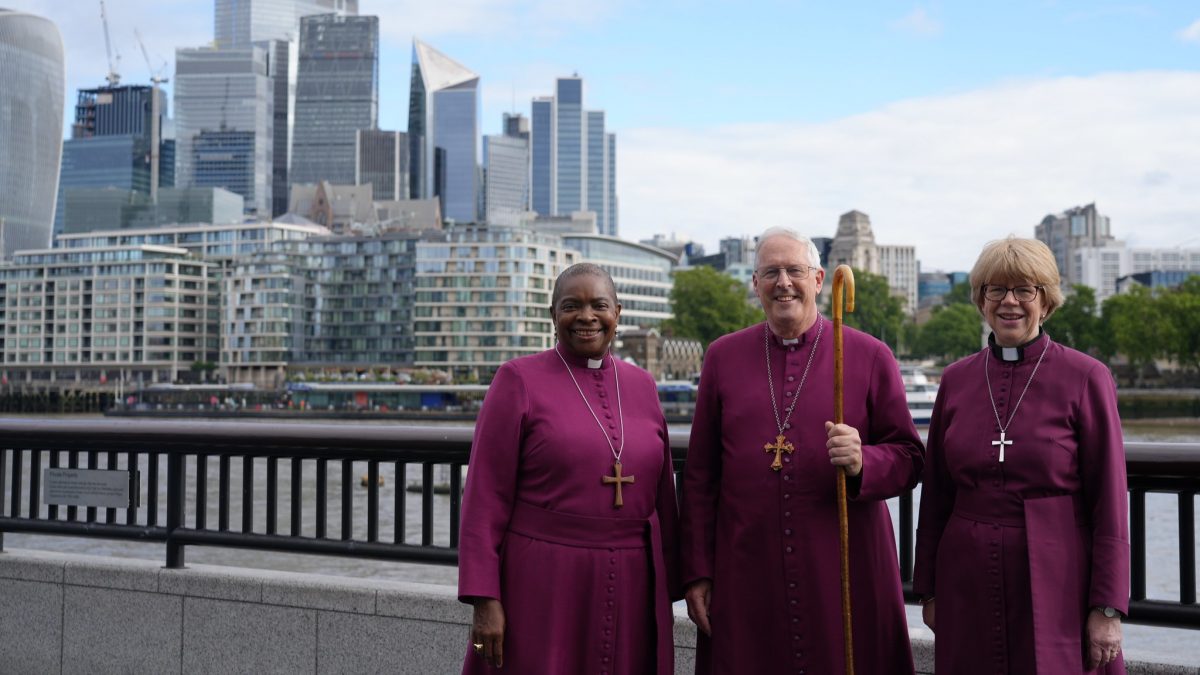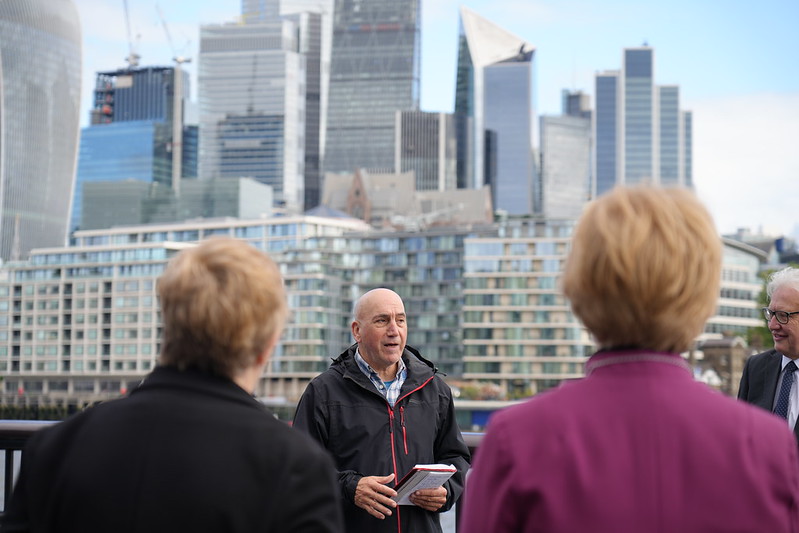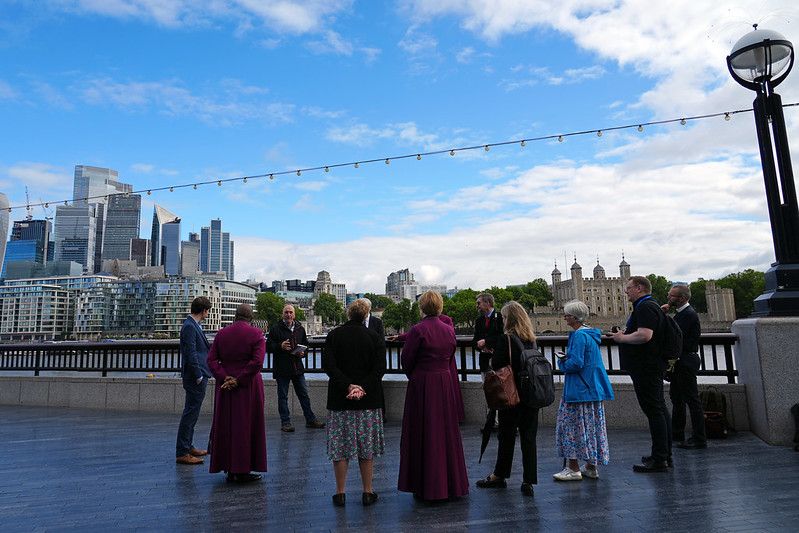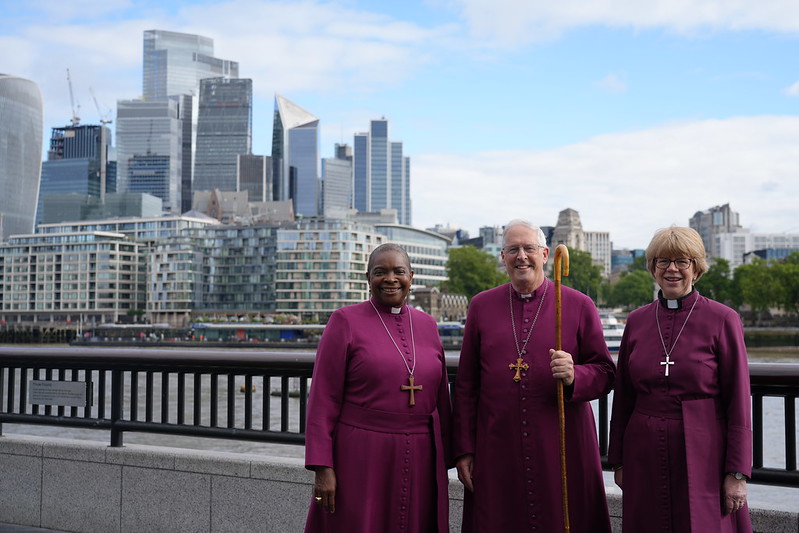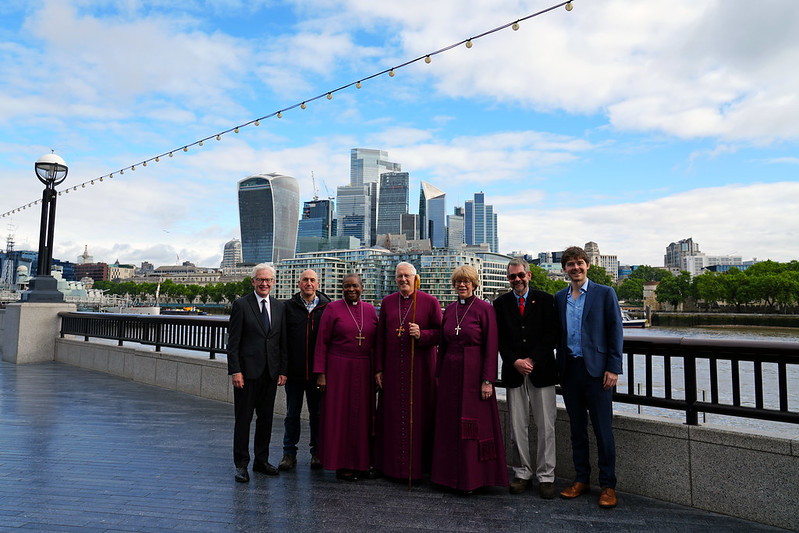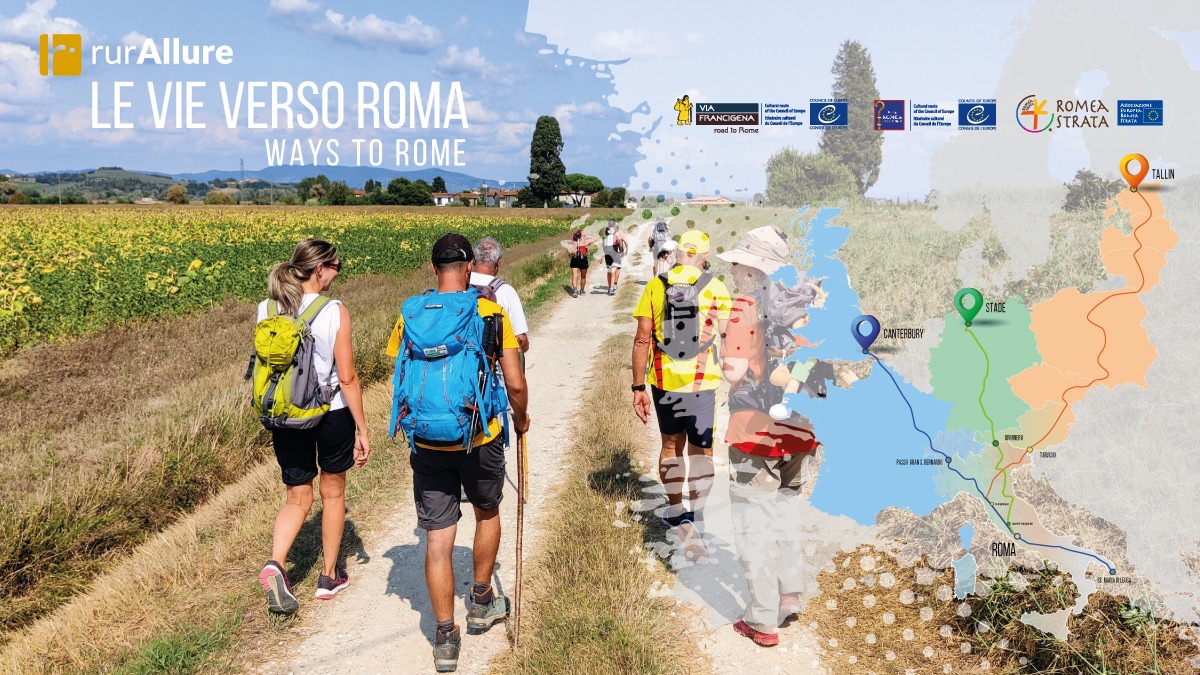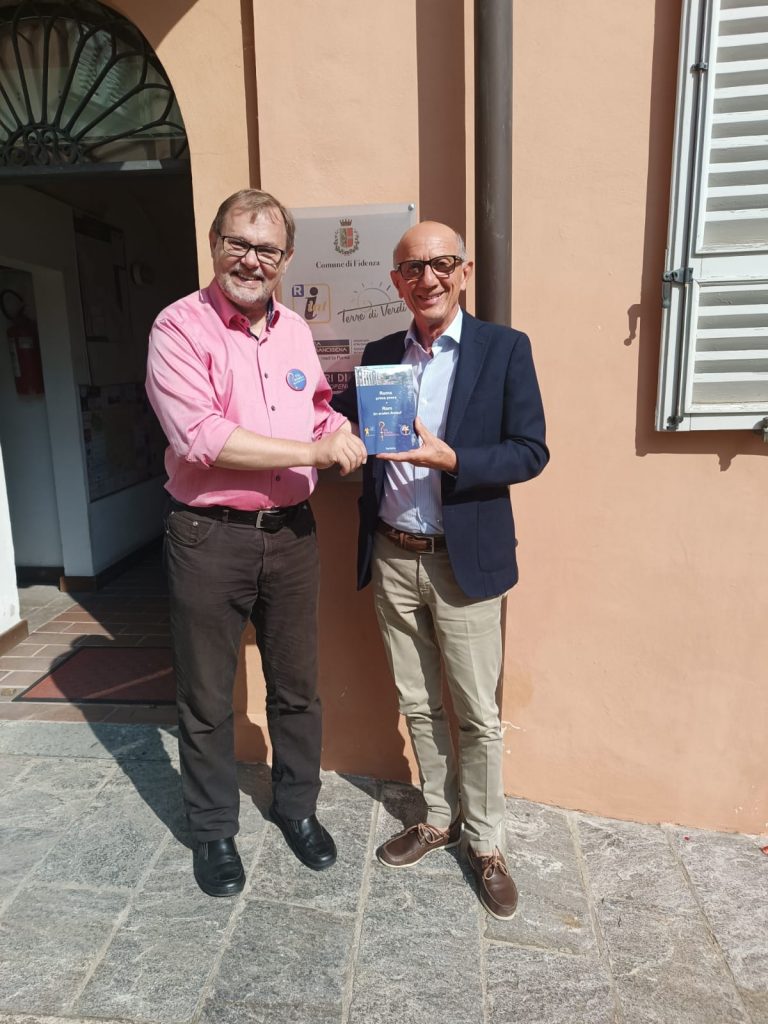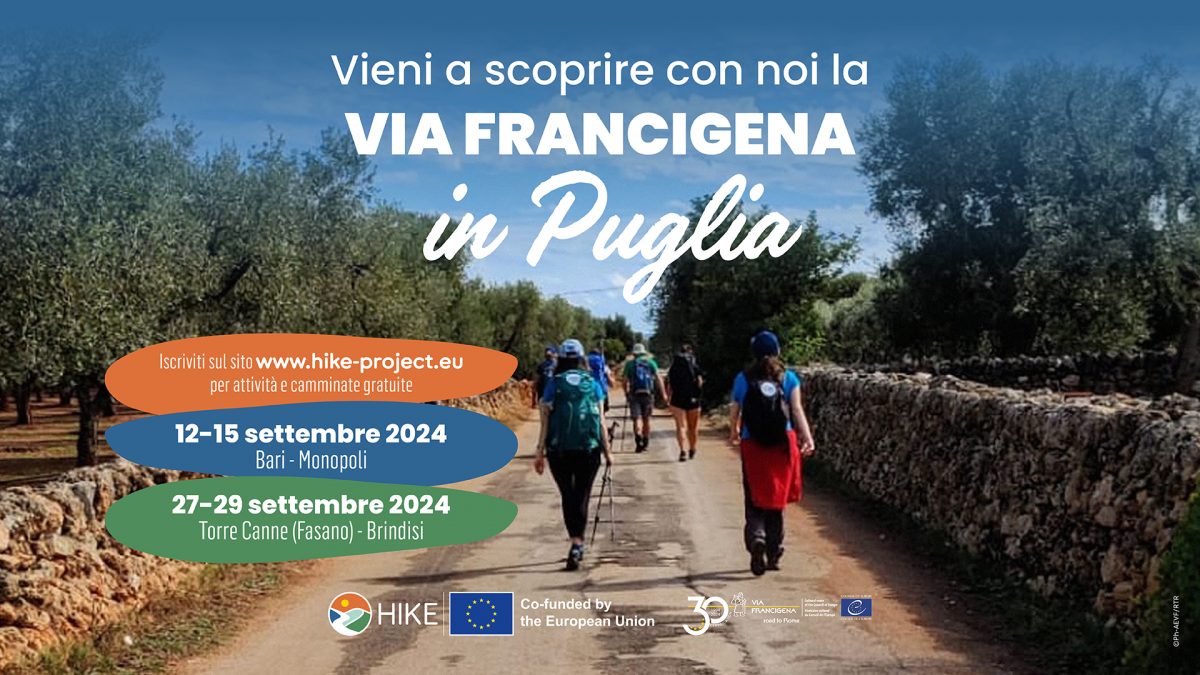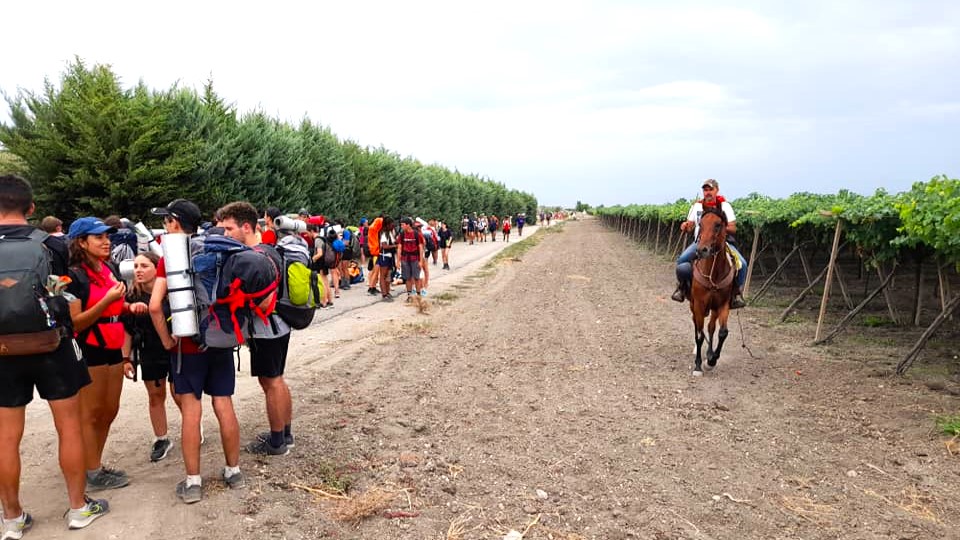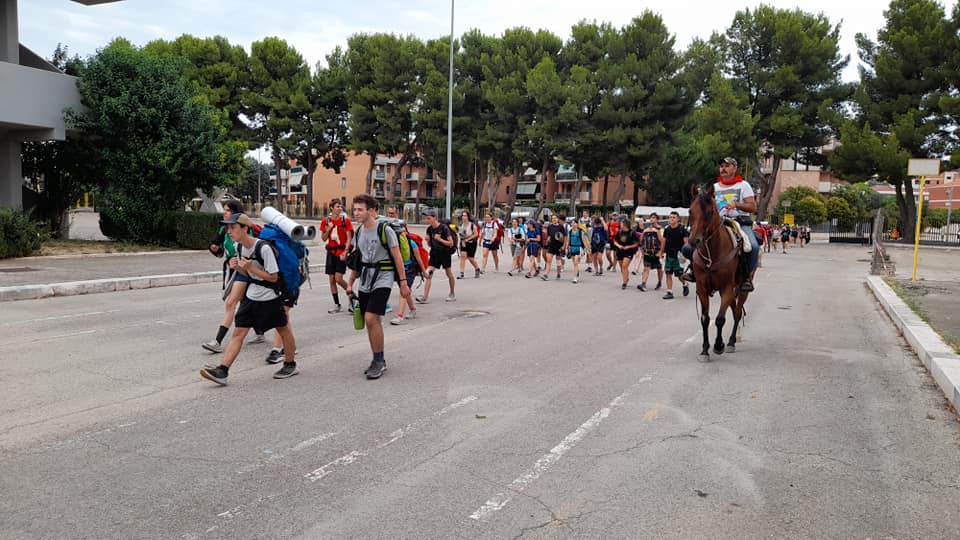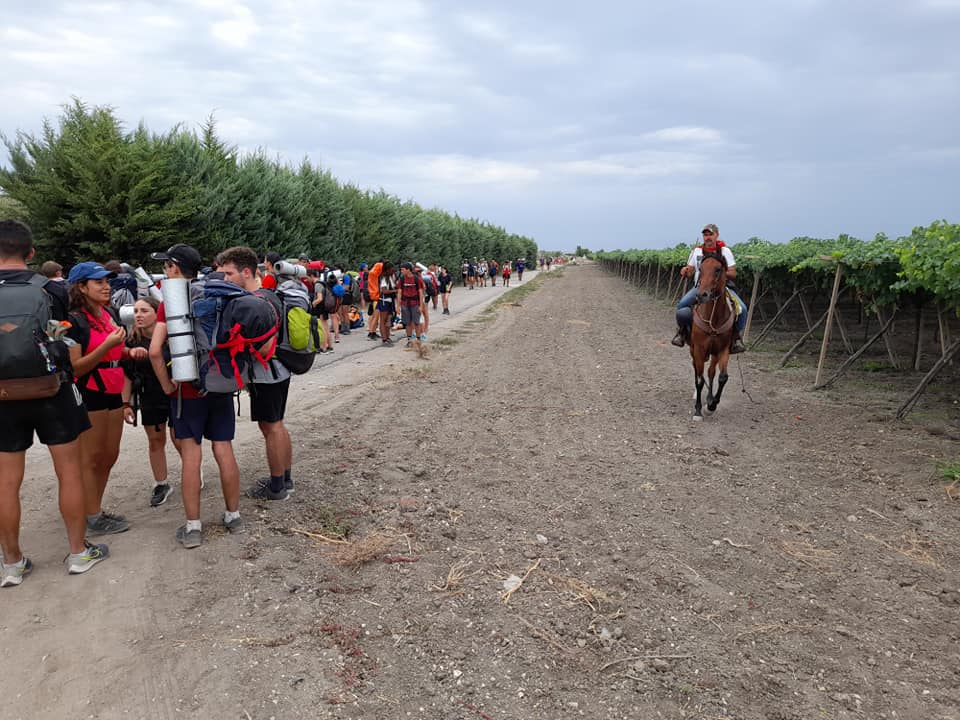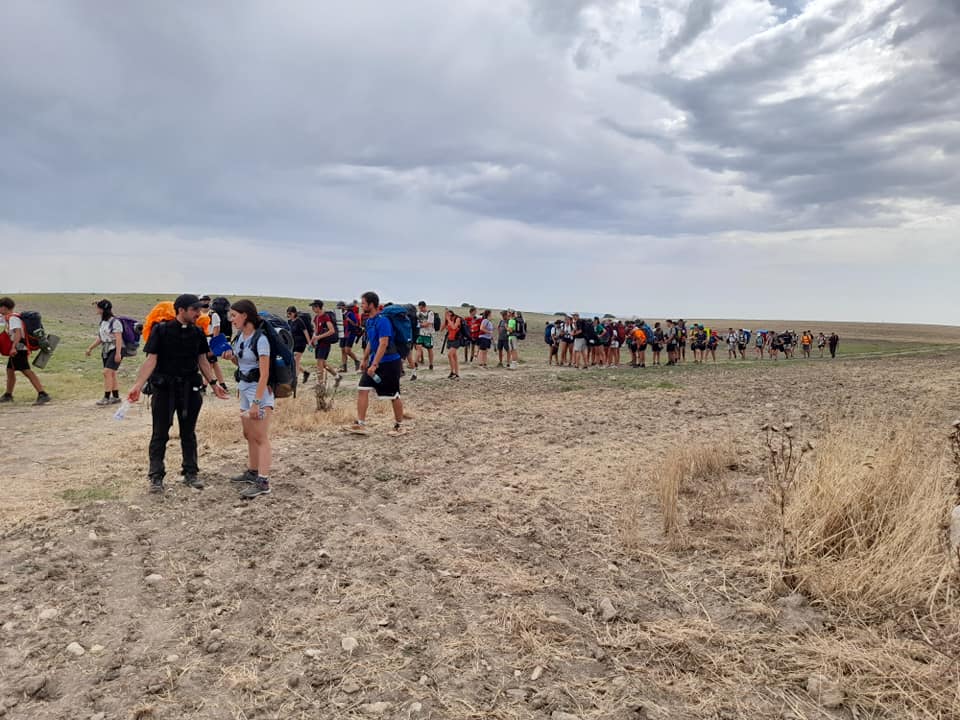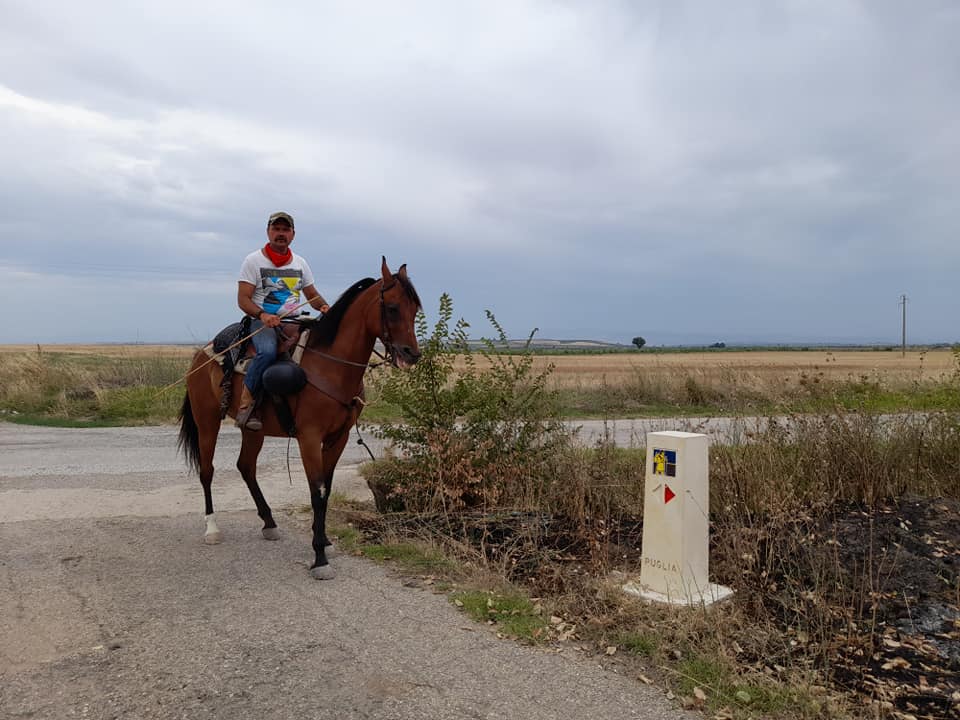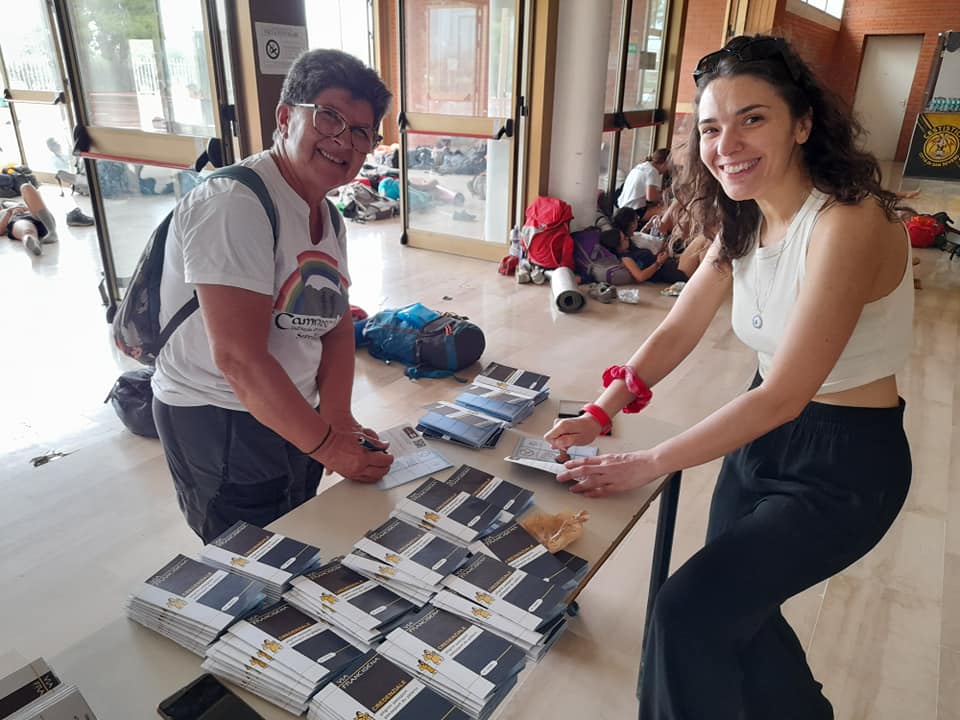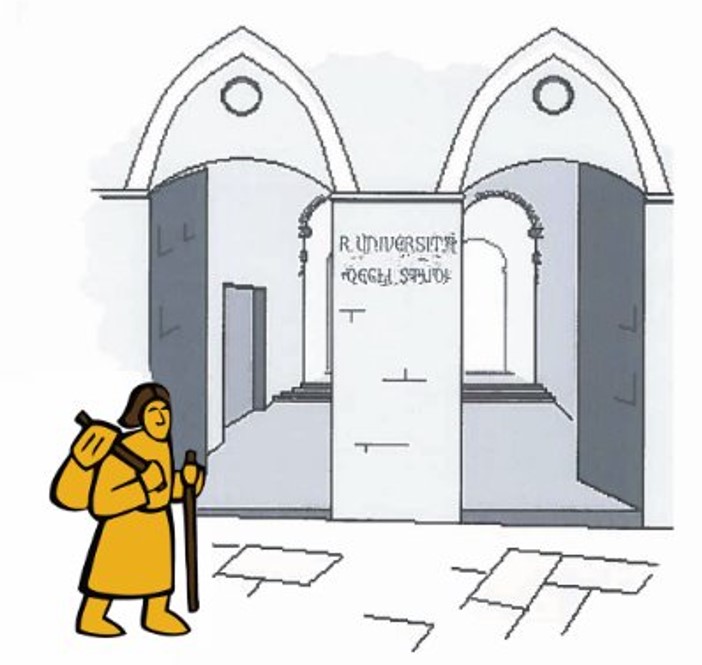In preparation for the Jubilee of 2025, St Peter’s Basilica has introduced a welcome centre service for pilgrims arriving in Rome along the Roman roads.
Since May 2024, the Fabbrica di San Pietro has launched a volunteer project in collaboration with the Via Romea Strata and the Homo Viator Foundation – San Teobaldo, to train volunteers and welcome pilgrims arriving in Rome at the end of their pilgrimage. The volunteers support the Basilica staff and greet the wayfarers with great empathy and smiles, fostering an exchange of humanity and warmth.
At this welcome centre in St Peter’s Basilica in the Vatican, pilgrims can collect the Testimonium, the certificate that certifies the completion of the pilgrimage to Rome devotionis causa. It is available to all those who have walked at least 100 km or cycled 200 km, as evidenced by the stamps on their credentials.
“We are truly proud of this agreement, as it allows us to support the organisation that represents and manages the reception of half of all the pilgrims arriving in Rome, regardless of the path each person takes,” says Aleksandra Grbic, coordinator of Romea Strata for the Homo Viator Foundation. “At the moment, we have 70 volunteers who have started their training and will be operational in a few days, but the door to volunteering is always open, and I encourage everyone to look into this opportunity with enthusiasm.”
In addition to the dedicated access route for pilgrims in St Peter’s Square, which is clearly marked with signs and totems, and the Pilgrim’s Mass, which is celebrated daily for them, a system has been set up to digitise and systematise the collection of arrival data and the issuance of the Testimonium certificate.
On Thursday, 29 August, a meeting took place at the Fabbrica di San Pietro in the Vatican between Mario Bosco, head of the welcome service, and Luca Bruschi, director of EAVF, to discuss the important implementation of services for pilgrims and to talk about upcoming activities in preparation for the Jubilee. The goal is to provide an ever more dedicated welcome to pilgrims arriving in Rome, whether on foot or by bicycle. The number of arrivals in 2024 has increased compared to the previous year, particularly with respect to international visitors.
The welcome centre is open on Monday, Tuesday, Thursday, Friday, Saturday, and Sunday from 07:30 to 18:00, and on Wednesday from 13:00 to 18:00.
For enquiries and bookings, contact the relevant office:
Email: accoglienza@fsp.va.
Tel. +39 06 6982 (switchboard), ask for extension 82137
Mobile: +39 366 5775511
All information about volunteer opportunities is available at www.romeastrata.org.
